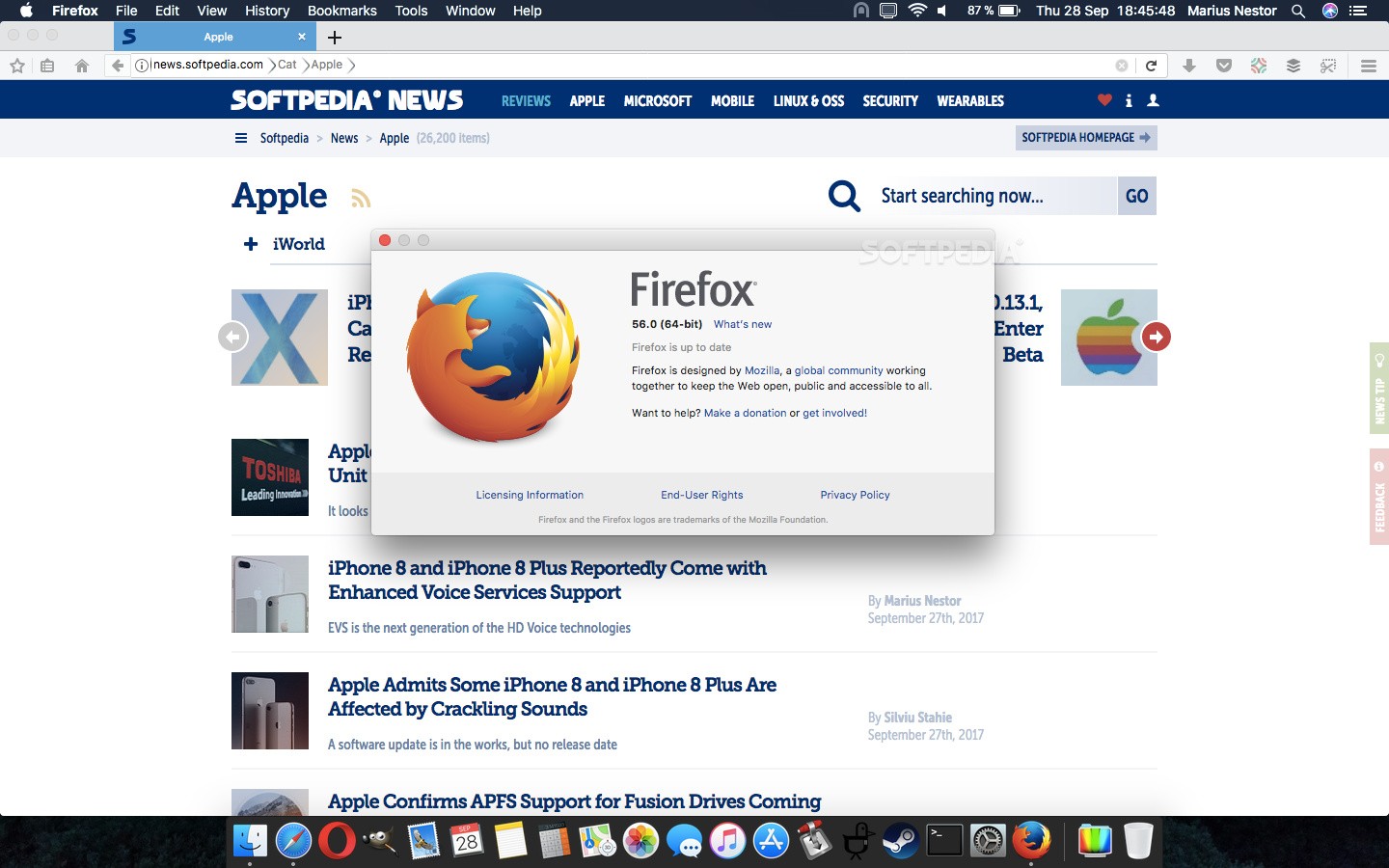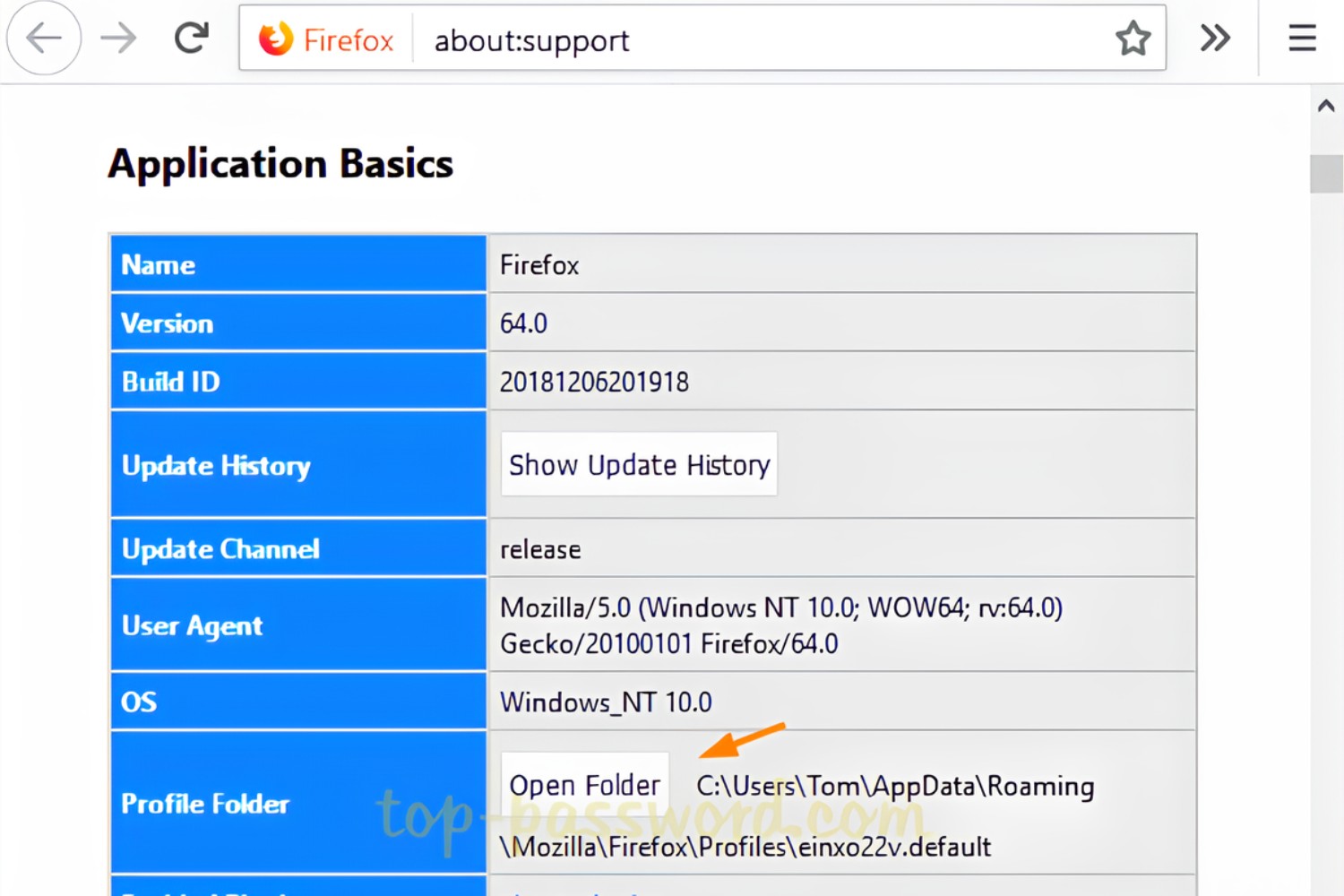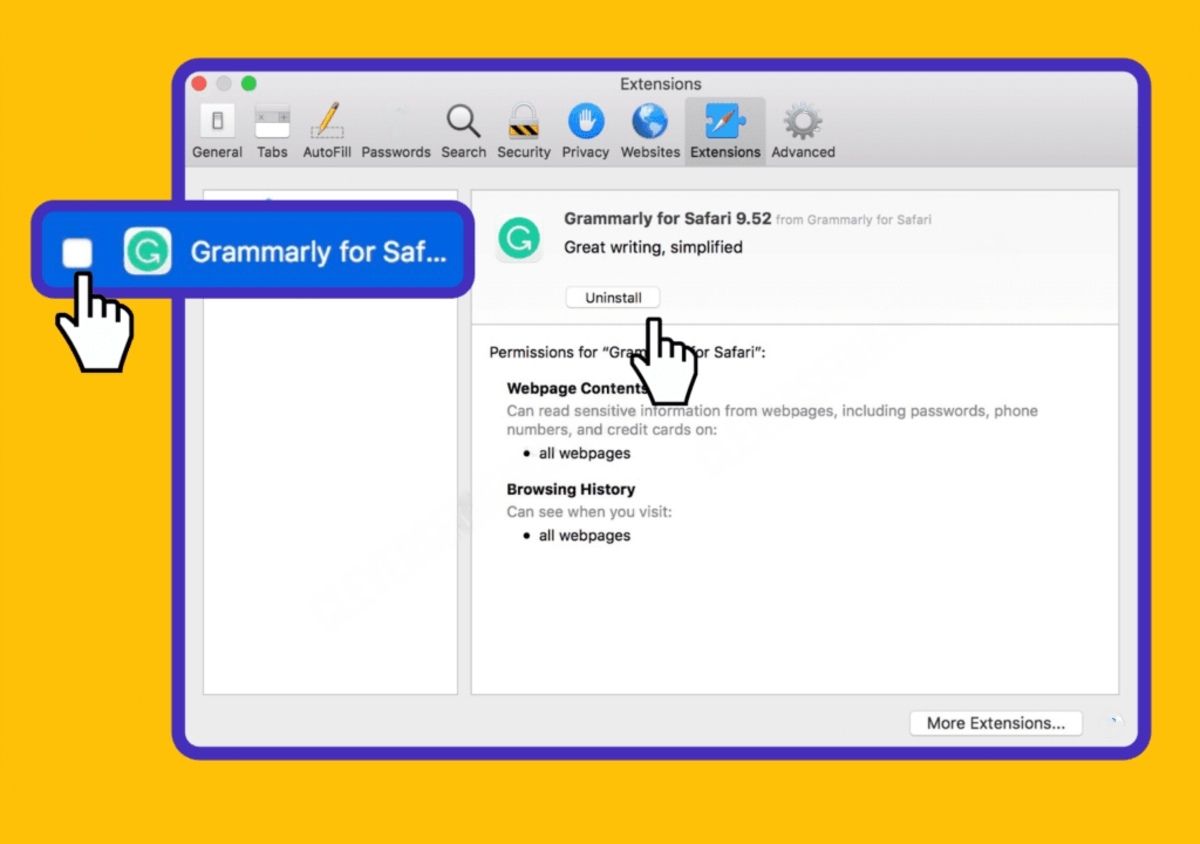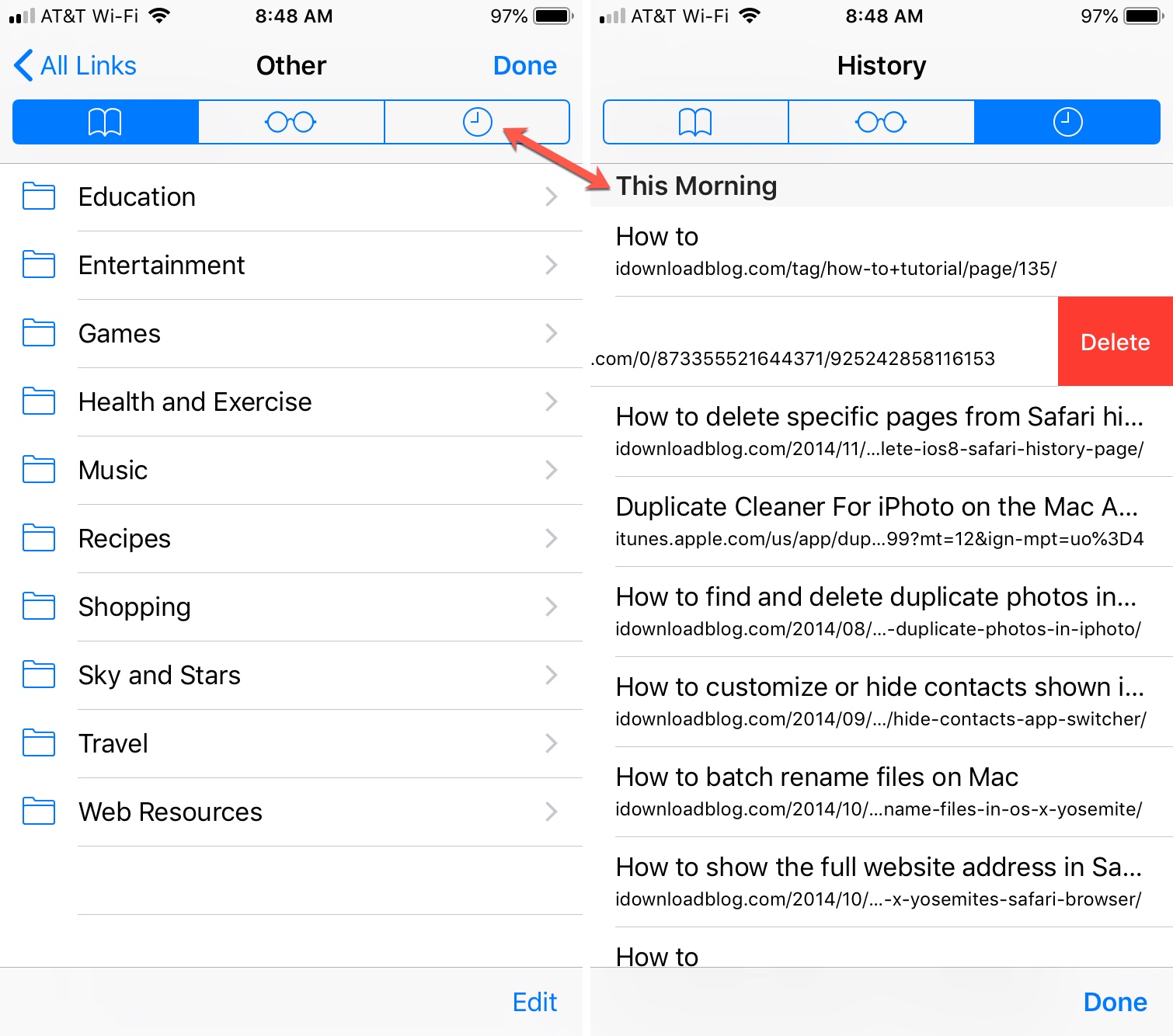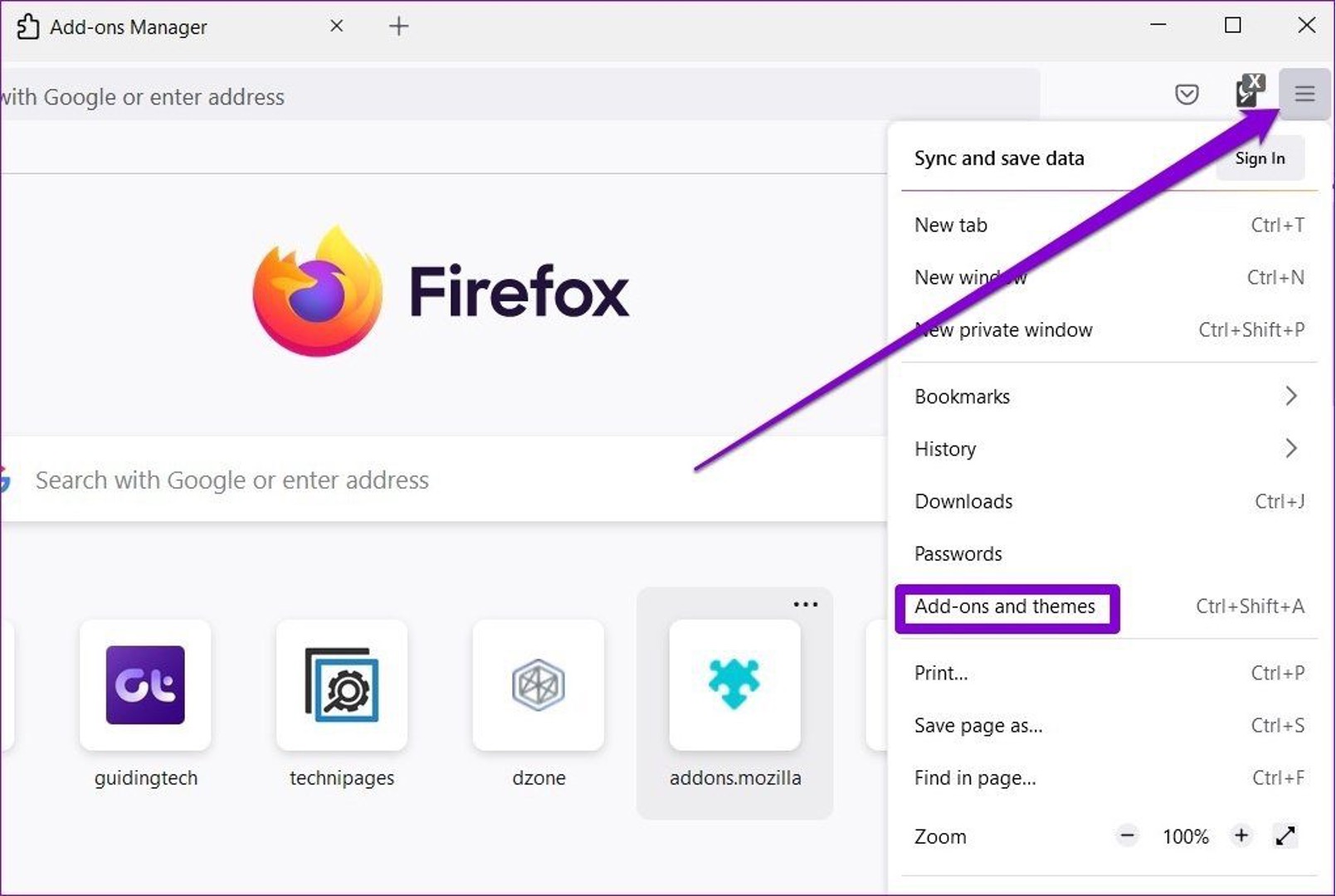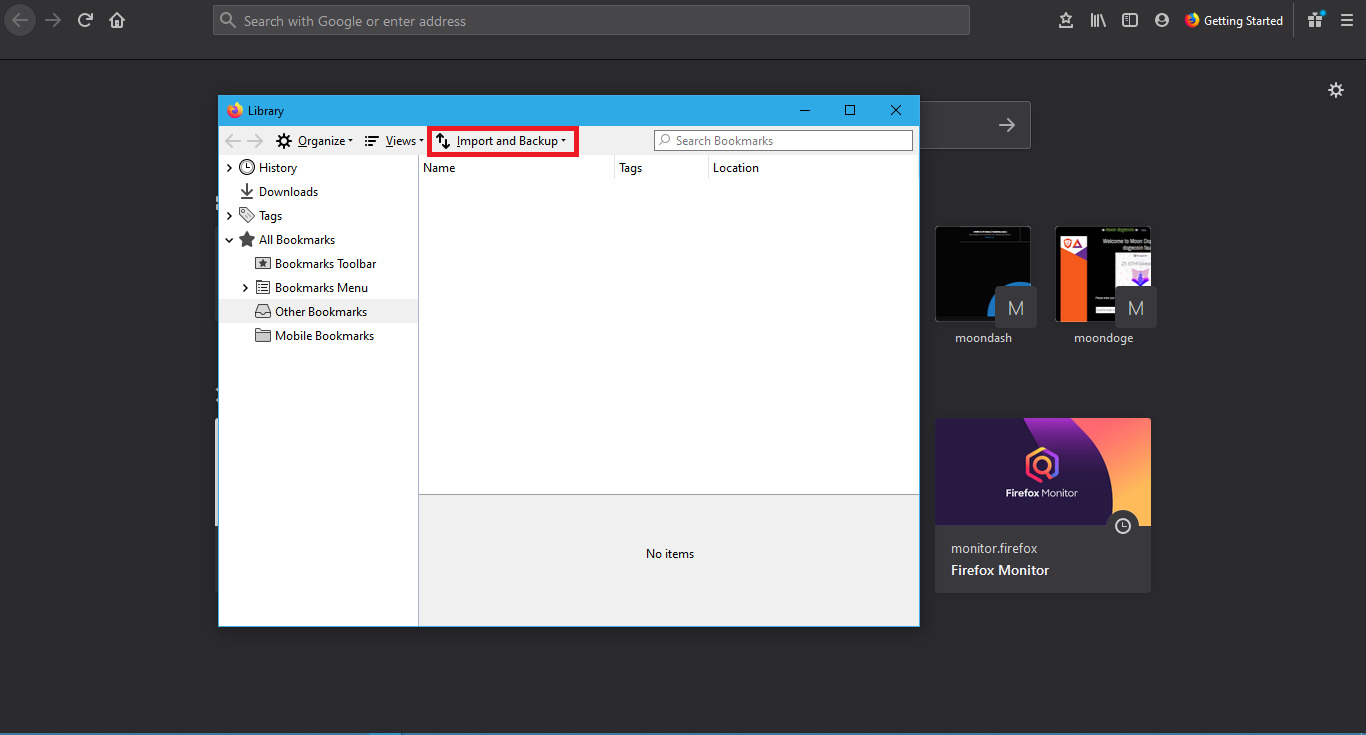Introduction
Are you a fan of Firefox 56 and miss the good old days when it was your go-to browser? Perhaps you've encountered compatibility issues with the latest Firefox version and wish to revert to a more familiar and reliable option. Whatever your reason may be, the process of going back to Firefox 56 is simpler than you might think. In this guide, we'll walk you through the steps to uninstall your current Firefox version and install Firefox 56, allowing you to relive the experience of using this beloved browser.
Whether it's the user interface, add-ons, or performance that draws you back to Firefox 56, it's understandable that you want to revisit the features that made it your preferred browser. By following the steps outlined in this guide, you can seamlessly transition back to Firefox 56 and enjoy its familiar functionalities.
Now, let's delve into the step-by-step process of reverting to Firefox 56, so you can once again experience the browsing environment that resonates with you.
Step 1: Uninstall the current version of Firefox
Uninstalling the current version of Firefox is the initial step in reverting to Firefox 56. Before proceeding, it's essential to back up any bookmarks, passwords, or other essential data to ensure a smooth transition. Once you've secured your important information, follow these steps to uninstall the current version of Firefox:
-
Open Control Panel: Navigate to the Control Panel on your Windows computer. You can access this by clicking the Start button and typing "Control Panel" in the search bar.
-
Select "Uninstall a program": Within the Control Panel, locate the "Programs" section and click on "Uninstall a program." This will display a list of installed programs on your computer.
-
Locate Firefox: Scroll through the list of installed programs to find Mozilla Firefox. Once located, right-click on it and select "Uninstall." This will initiate the uninstallation process.
-
Follow the uninstallation wizard: A prompt will appear, guiding you through the uninstallation process. Follow the on-screen instructions to complete the removal of Firefox from your system.
-
Remove Firefox data: After uninstalling Firefox, it's advisable to delete any remaining Firefox data to ensure a clean slate for the installation of Firefox 56. To do this, navigate to the following directory on your computer: C:\Users\YourUserName\AppData\Local\Mozilla\Firefox. Here, you can delete the "Firefox" folder to remove any residual data.
-
Restart your computer: Once the uninstallation process is complete, restart your computer to finalize the removal of Firefox.
By following these steps, you can effectively uninstall the current version of Firefox from your computer, paving the way for the installation of Firefox 56. With the previous version removed, you're now ready to proceed to the next step of downloading Firefox 56 and embarking on the journey back to a familiar browsing experience.
Step 2: Download Firefox 56
With the previous version of Firefox uninstalled, the next step is to download Firefox 56, the version you wish to revert to. Follow these steps to acquire the Firefox 56 installer and initiate the download process:
-
Open your web browser: Launch your preferred web browser, such as Microsoft Edge or Google Chrome, to begin the download process.
-
Navigate to the Firefox 56 archive: In your browser's address bar, enter the following URL: https://ftp.mozilla.org/pub/firefox/releases/. This URL leads to the official Firefox release archive, where you can access previous versions of the browser.
-
Locate Firefox 56: Within the Firefox release archive, scroll down to locate the Firefox 56 section. You will find a list of subdirectories labeled with the respective Firefox versions. Click on the "56.0" directory to access the files for Firefox 56.
-
Select your operating system: Within the Firefox 56 directory, you will find subdirectories for different operating systems, such as Windows, macOS, and Linux. Choose the subdirectory that corresponds to your operating system. For example, if you are using Windows, click on the "win32" directory.
-
Download the installer: Once you've selected the appropriate operating system subdirectory, you will find the Firefox 56 installer file. Click on the installer file to initiate the download. Depending on your browser settings, you may be prompted to specify a download location or the download may commence automatically.
-
Wait for the download to complete: The download time will vary based on your internet connection speed. Once the download is complete, you will have the Firefox 56 installer file ready for the next step.
By following these steps, you can successfully download the Firefox 56 installer, bringing you one step closer to reinstalling this version of the browser. With the installer file now in your possession, you're prepared to proceed to the installation phase and embark on the journey back to Firefox 56.
Step 3: Install Firefox 56
Now that you have successfully downloaded the Firefox 56 installer, it's time to proceed with the installation process. Follow these steps to install Firefox 56 on your computer and relive the browsing experience that resonates with you:
-
Locate the Firefox 56 installer: After the download is complete, navigate to the directory where the Firefox 56 installer file is saved. This is typically the "Downloads" folder unless you specified a different location during the download process.
-
Initiate the installation: Double-click on the Firefox 56 installer file to begin the installation process. This action will launch the installer and prompt the installation wizard to appear on your screen.
-
Begin the installation: Within the installation wizard, you will be guided through the necessary steps to install Firefox 56. Click "Next" to proceed with the installation.
-
Choose the installation location: The installation wizard will prompt you to select the installation location for Firefox 56. You can choose the default installation directory or specify a different location based on your preference. Once you've made your selection, proceed to the next step.
-
Select additional components: During the installation process, you may be presented with options to select additional components or shortcuts. Review the available options and choose according to your preferences. Click "Next" to continue.
-
Complete the installation: After confirming your installation preferences, click "Install" to initiate the installation of Firefox 56. The installation wizard will then proceed to install the browser on your computer.
-
Finish the installation: Once the installation is complete, you will receive a confirmation message indicating that Firefox 56 has been successfully installed. At this point, you can choose to launch Firefox 56 immediately or manually open the browser at a later time.
By following these steps, you can seamlessly install Firefox 56 on your computer, bringing back the familiar browsing environment that you've been longing for. With the installation process complete, you're now ready to take the final step of disabling automatic updates to ensure that Firefox 56 remains as your preferred version without unexpected updates altering your experience.
Step 4: Disable automatic updates
Now that you've successfully installed Firefox 56, it's crucial to disable automatic updates to prevent the browser from automatically updating to a newer version. By disabling automatic updates, you can maintain Firefox 56 as your preferred version without the risk of unexpected updates altering your browsing experience. Follow these steps to disable automatic updates in Firefox 56:
-
Launch Firefox 56: Open Firefox 56 by double-clicking the browser icon on your desktop or accessing it from the installed programs list.
-
Access the Options menu: In the Firefox 56 browser window, click on the menu button located in the top-right corner. This button is represented by three horizontal lines. From the dropdown menu, select "Options."
-
Navigate to the Advanced panel: Within the Options window, click on the "Advanced" panel located on the left-hand side. This panel contains advanced settings for Firefox.
-
Select the Update tab: After accessing the Advanced panel, click on the "Update" tab to view the update settings for Firefox 56.
-
Disable automatic updates: On the Update tab, you will find the option to disable automatic updates. Uncheck the box next to "Automatically install updates (recommended: improved security)" to prevent Firefox 56 from automatically updating to a newer version.
-
Confirm the changes: Once you've disabled automatic updates, click the "OK" button to save your changes and exit the Options window.
By following these steps, you have successfully disabled automatic updates in Firefox 56, ensuring that the browser remains at the version you've installed without the risk of automatic updates altering your browsing environment. With automatic updates disabled, you can enjoy the familiar features and functionalities of Firefox 56 without the concern of unexpected changes due to automatic updates.
It's important to note that by disabling automatic updates, you are taking responsibility for manually updating Firefox 56 in the future to ensure that you have the latest security patches and improvements. Be sure to periodically check for updates to Firefox 56 to maintain a secure and optimized browsing experience.
With automatic updates disabled and Firefox 56 installed, you have completed the process of reverting to this preferred version of the browser. You can now enjoy the familiar interface, add-ons, and performance that Firefox 56 offers, providing you with a browsing experience that aligns with your preferences and requirements.
Conclusion
Congratulations! By following the step-by-step guide outlined in this article, you have successfully reverted to Firefox 56, allowing you to relive the browsing experience that resonates with you. The process of going back to Firefox 56 involved uninstalling the current version of Firefox, downloading Firefox 56, installing the preferred version, and disabling automatic updates to maintain the version you've chosen. As a result, you now have access to the familiar user interface, add-ons, and performance features that Firefox 56 offers.
Reverting to Firefox 56 may have been driven by various reasons, such as compatibility preferences, add-on support, or a preference for the user interface of this particular version. Regardless of the motivation behind your decision, the ability to revert to a previous version of a browser provides a sense of control and familiarity in your browsing environment.
With Firefox 56 installed and automatic updates disabled, you can enjoy a stable and consistent browsing experience without unexpected changes or updates altering the features and functionalities you appreciate. It's important to note that while automatic updates are disabled, it's advisable to periodically check for updates to Firefox 56 to ensure that you have the latest security patches and improvements, thereby maintaining a secure and optimized browsing experience.
Revisiting Firefox 56 may also evoke a sense of nostalgia, especially if this version holds sentimental value or if it aligns with your preferred workflow and browsing habits. The ability to customize and tailor your browsing experience to your specific preferences is a testament to the flexibility and user-centric approach that Firefox offers.
As you navigate through the familiar interface of Firefox 56, take a moment to appreciate the journey back to this version and the seamless transition facilitated by the step-by-step instructions provided in this guide. Whether it's the layout, performance, or add-on compatibility that draws you back to Firefox 56, you now have the opportunity to immerse yourself in a browsing environment that aligns with your preferences and requirements.
In conclusion, the process of reverting to Firefox 56 empowers you to reclaim a browsing experience that resonates with you, providing a sense of familiarity and control in your online activities. Embrace the features and functionalities of Firefox 56 as you rediscover the elements that initially made it your preferred browser, and enjoy a seamless and personalized browsing experience tailored to your preferences.







